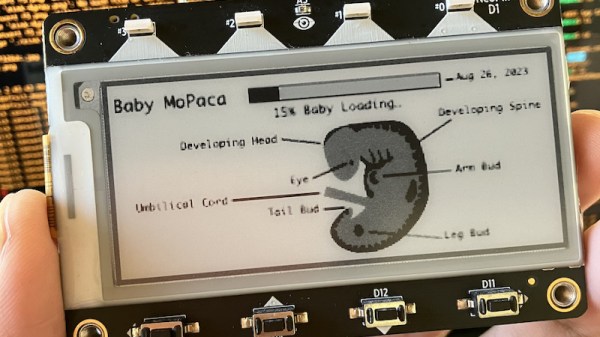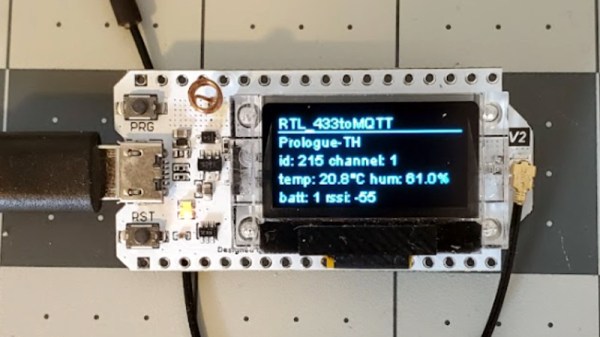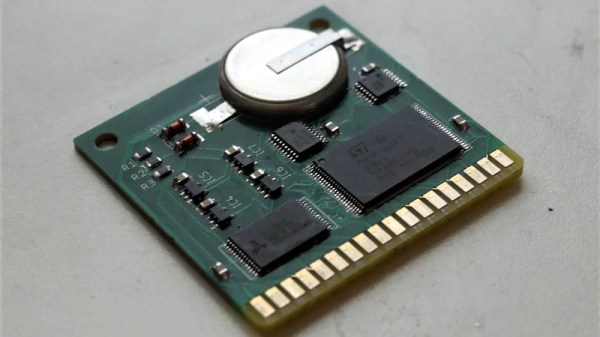Having a child is a major milestone in a person’s life, and there’s a long list of things to get done before that little bundle of joy kicks and screams its way into the world. What better way to make sure you’ve still got time to paint the nursery and assemble the crib than to have an automated loading screen that shows just how far along the organic 3D printing process is?
This fetal development tracker was put together by [mokas] using Adafruit’s ESP32-S2 powered MagTag. As the name implies, the all-in-one electronic ink development board is designed so that it can be adhered to a metallic surface with integrated magnets. The idea is that you can pop a battery in the low-power device, stick it on your refrigerator, and have a regularly updated display of…well, whatever you want. Continue reading “An E-Ink Progress Bar For Your Unborn Child”

















